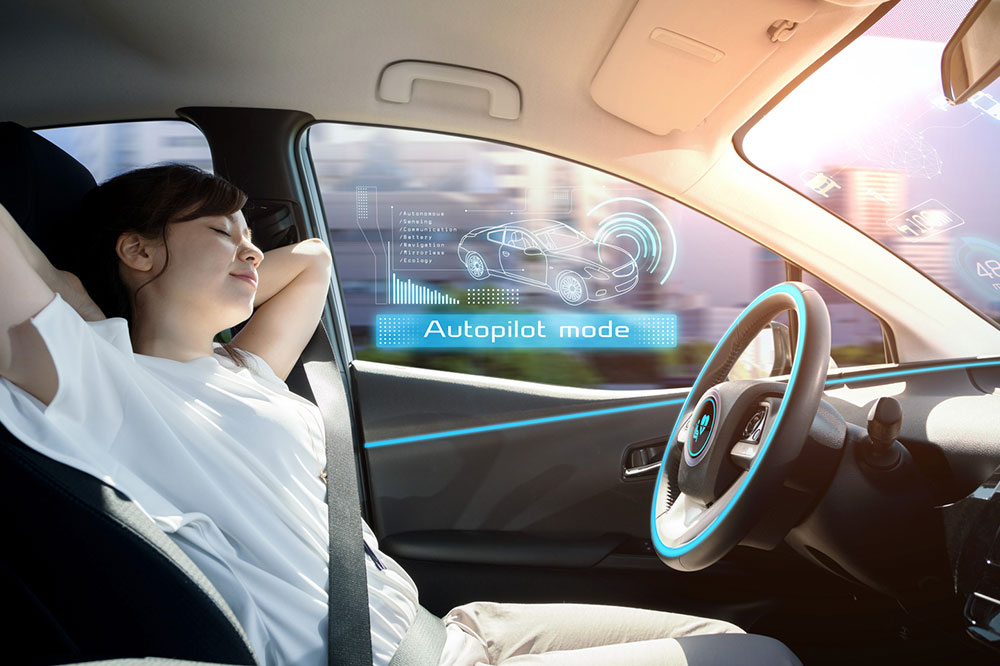
Introduction to a Self-Driving Car
Modern technology has brought us to the concept of self-driving cars. Using a combination of various artificial intelligence features and high-end technology, a self-driving car should ideally be able to manage to drive itself from point A to point B without a human driver. If this intrigues you, read further to learn more on w hat is a self-driving car and how it works.
How do self-driving cars work?
Self-driving cars depend on certain machine learning software, high-tech processors, and sensors to function independently. They make use of a map of their surroundings to feed information to their sensors. These sensors are multi-functional and can detect many things in the surroundings to make self-driving possible. For example, they can detect lane division, traffic signals, and road sign meanings. Advance sensors can also detect pedestrians, other vehicles, or any object. All of these sensors then combine this information to help the car make crucial decisions with regards to its movements in accelerating, braking, steering, overtaking, changing lanes, and the like. Moreover, this information can also help prevent accidents and can make driving a safe experience.
Self-driving cars are also known as autonomous cars. An autonomous car would ideally be able to function completely independent of a human driver.
What are the advantages of self-driving cars?
At present, many leading automobile manufacturers are focusing on developing technology for self-driving cars. This is because these cars have many benefits that will make them worth the investment. For instance, self-driving cars could be used to simplify transportation for individuals who cannot drive on their own due to reasons such a disability, etc. In addition to this, self-driving cars also are good for the environment.
What are the challenges of self-driving cars?
Automobile experts have classified levels of driving automation with numbers ranging from 0 to 5. Number 0 has absolutely no automation and is a completely manual car. Numbers 2, 3, 4, and 5 have increasing levels of automation where number 5 is completely automatic with no human being’s involvement being required.
One of the main challenges faced by the automobile industry is that the research and testing of these cars is still going on with no concrete plans on launching a number 5 car any time soon.
The reasons for this are the many hurdles that prevent the car from hitting the market such as:
- Determining how self-driving cars will function in heavy traffic
- Researching how self-driving cars will obey traffic laws that vary between cities and countries
- Creating self-driving cars that will be able to judge the weather conditions and drive safely in them
- Understanding who takes responsibility of an accident caused by a self-driving car.
These are some of the challenges that pose a serious question to the self-driving cars becoming a reality. These questions have to be answered if there are any hopes of launching this car anytime in the near future.
We hope this article resolves many of your doubts and answers the question as to what is a self-driving car and how it works.



